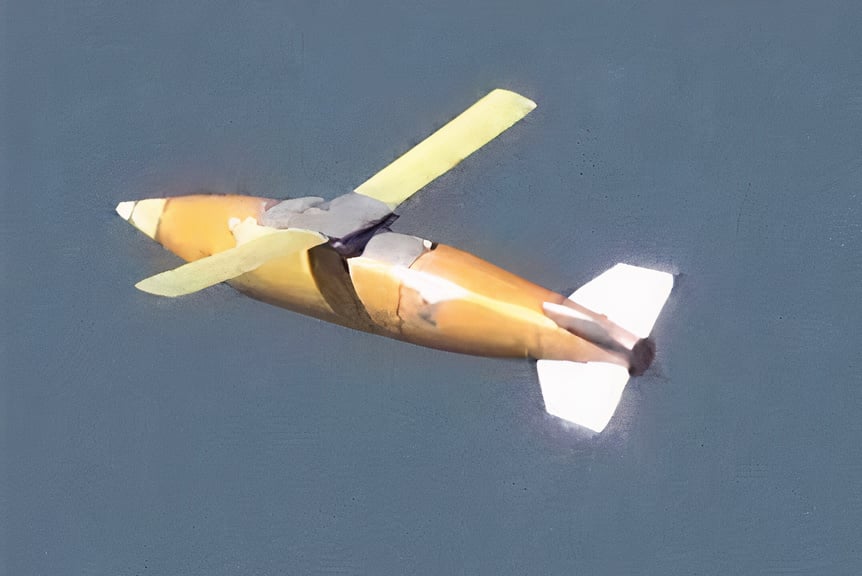India’s Defence Research and Development Organisation (DRDO) has successfully conducted release trials of its first long-range glide bomb, known as the Gaurav. This significant milestone showcases India’s advancing capabilities in precision-guided munitions.
During the trials, the Gaurav was launched from multiple stations of a Su-30 MKI fighter jet, demonstrating various warhead configurations. According to a press release from the Indian Ministry of Defence, the trials achieved an impressive range of 100 kilometers (approximately 62 miles) with high precision, signaling a positive outcome for the defense sector.
These latest trials build upon the Gaurav’s maiden flight trial, which took place in August 2024. The successful results from the recent tests clear a pathway for the Gaurav’s future integration into the Indian Air Force, marking a critical step in enhancing the operational capabilities of India’s aerial defense system.
The Gaurav glide bomb falls within the 1,000-kilogram (2,200-pound) weight category and is designed to steer toward its intended target using a sophisticated combination of Inertial Navigation System and Global Positioning System technologies. This advanced guidance system allows Indian fighter jets to strike targets from distances that keep them beyond the reach of adversary anti-aircraft defenses, thereby significantly enhancing their survivability during operations.
The Gaurav is a product of collaboration between various research and development institutions, namely Research Centre Imarat and Armament Research and Development Establishment. In addition, several private sector partners played a crucial role in its development and production, including Adani Defence Systems & Technologies, Bharat Forge, and several micro, small, and mid-sized firms.
As India continues to invest in its defense capabilities, the successful trials of the Gaurav glide bomb represent a noteworthy advancement in the nation’s military technology, promising to bolster its strategic capabilities in the region.


















